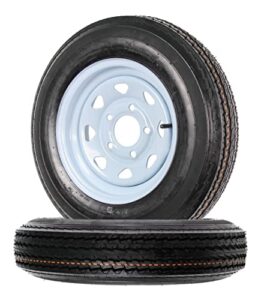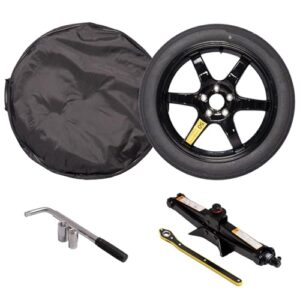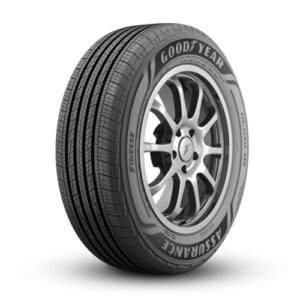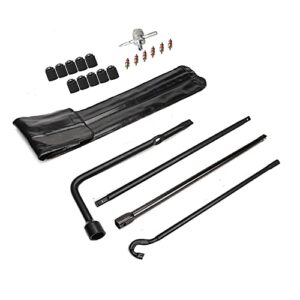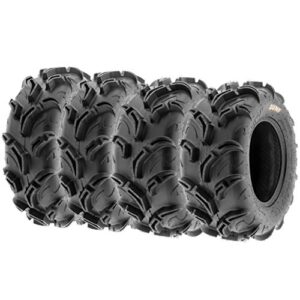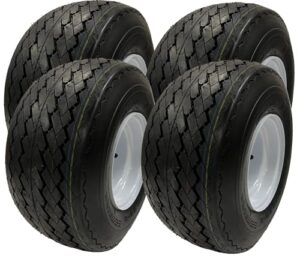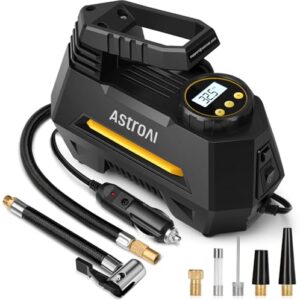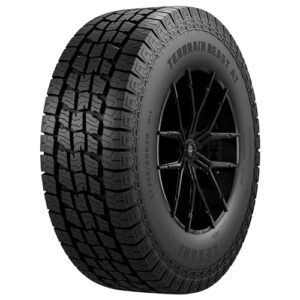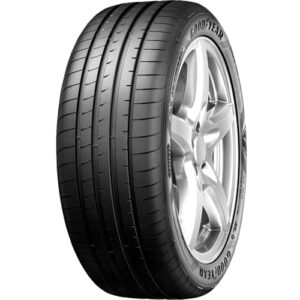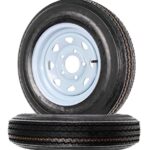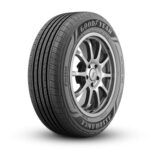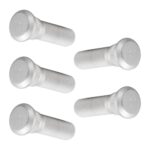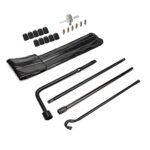The best time to check tire pressure is early in the morning before driving. Tires should be cold to obtain an accurate reading.
Ensuring your vehicle’s tires are correctly inflated is vital for both safety and efficiency. Adequate tire pressure can significantly impact road handling, fuel consumption, and tire longevity. Air pressure in tires can fluctuate with temperature changes; hence, measuring it when tires are cold provides a consistent baseline.
This typically means checking after your vehicle has been parked overnight or for at least three hours. Regular tire pressure checks are an easy yet crucial maintenance step, often overlooked by drivers. Keeping a tire gauge handy and adhering to the manufacturer’s recommended pressure levels will aid in maintaining optimal tire performance and vehicle safety. Remember to check your tires monthly and prior to any long trips to ensure they remain in top condition.
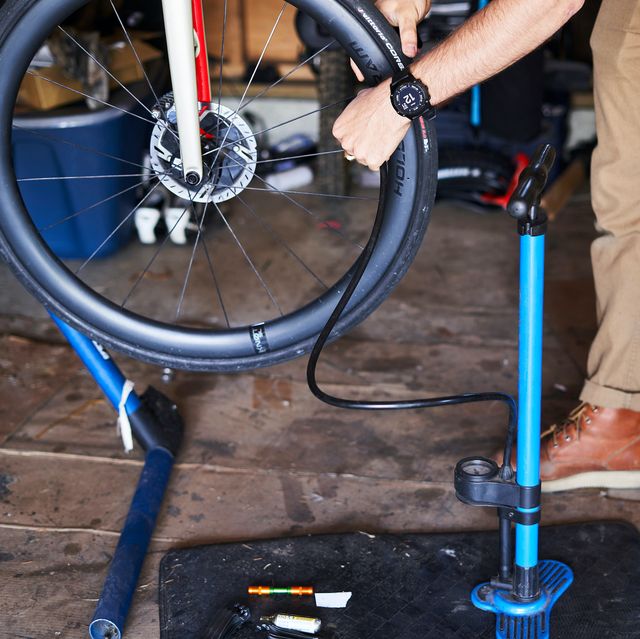
The Importance Of Correct Tire Pressure
Keeping tires at the right pressure is crucial. It ensures cars drive safely and efficiently. Regular checks help maintain tire health. This practice can save money and protect lives.
Safety On The Road
Tires with correct pressure grip roads better. They handle wet and slippery conditions well. This leads to lesser accidents. Proper tire pressure also prevents tire blowouts. Blowouts can cause loss of control. Checking tire pressure monthly keeps drivers safe.
Fuel Efficiency And Performance
Properly inflated tires need less energy to move. This means cars use less fuel. Fuel costs drop with right tire pressure. Tires also wear evenly. This extends their life. A smooth ride needs tires with perfect pressure. Performance and handling improve greatly.
- Check tire pressure monthly.
- Use a reliable gauge.
- Check when tires are cool.
- Follow the manufacturer’s recommended PSI.
Remember to also examine spare tires. They are often forgotten but just as important.

How Temperature Affects Tire Pressure
Understanding how temperature impacts tire pressure is key to maintaining your vehicle. As the air inside your tires gets colder or hotter, the pressure changes. The right tire pressure ensures optimal performance, safety, and efficiency.
The Science Of Pressure Changes
Temperature fluctuations directly influence tire pressure. A rule to remember is for every 10 degrees change in temperature, tire pressure adjusts by approximately 1 psi (pound per square inch). This occurs due to the air molecules inside the tire speeding up with heat and slowing down with cold, causing expansion and contraction respectively.
Seasonal Tire Pressure Considerations
Certain seasons demand more attention to your tire pressure. Winter brings lower temperatures, which may reduce tire pressure. Conversely, summer’s warmth can increase it. Consistent checks during these times can prevent unnecessary wear or even a flat tire.
- Check pressure in the morning for the most accurate reading.
- In winter, consider checking more frequently, as cold can decrease pressure quickly.
- Monitor regularly during summer when high temperatures can lead to overinflation.
| Season | Temperature Impact | Pressure Change |
|---|---|---|
| Winter | Colder | Decrease |
| Summer | Warmer | Increase |
The Optimal Time For Checking Tire Pressure
Knowing when to check your tire pressure helps maintain vehicle safety and efficiency. Tires with correct pressure offer the best performance. The best time to check tire pressure is when tires are “cold.” Cold means the car hasn’t been driven for at least three hours. This gives the most accurate reading.
Early Morning Rituals
Make it a morning habit to check tire pressure. By doing so, you ensure the day starts with tires set for the roads ahead. Use a reliable gauge. Press it firmly onto the valve. Read the pressure. Compare it with the recommended PSI. Fill or release air as needed. Make sure the cap is back on the valve.
When To Avoid Checking Pressure
Avoid checking tire pressure after driving. After a drive, tires heat up. Hot tires give false readings. If you must check after driving, wait. Drive for less than a mile if you can’t wait until morning. Still, it’s best to check when tires are cold for accuracy.
| When to Check | When to Avoid |
|---|---|
| Early Morning | After Long Drives |
| Before Driving | Immediately After Driving |
| If the Car Sat Overnight | During Midday Heat |
- Check monthly: Even if they seem fine.
- Before a trip: Safety comes first.
- With season changes: Temperature affects pressure.
Remember these times. They help keep your tires in top shape. Safety and performance stay in check with proper tire pressure. Do it right. Your car will thank you.
The Role Of Vehicle Usage In Tire Pressure
The Role of Vehicle Usage in Tire Pressure
Maintaining the correct tire pressure is vital for vehicle performance. Different driving habits necessitate varying frequency in checking tire pressure. Let’s examine how daily commuting and long trips can influence this routine.
Daily Commutes And Pressure Checks
For those who drive regularly, tire pressure should be a routine check. Tires lose air over time, affecting fuel efficiency and safety. Aim to inspect tire pressure monthly or when significant temperature changes occur. A reliable tire gauge ensures consistent readings.
Consider the following checklist for regular tire pressure maintenance:
- Check pressure when tires are cold, preferably in the morning.
- Use the manufacturer’s recommended pressure levels found in the driver’s door jamb or manual.
- Inspect all tires, including the spare.
Long Trips And Tire Maintenance
Before embarking on a lengthy journey, a thorough tire inspection is crucial. Tires under excessive load and distance can present unique challenges. Proper tire pressure adaptation ensures an optimal driving experience.
Adopt these steps for tire care on long trips:
- Check tire pressure a day before travel to allow for adjustments.
- Review the vehicle’s load capacity to avoid overloading.
- Monitor tire pressure more frequently, considering changes in elevation and climate.
Proper tire maintenance can lead to improved safety, lower costs, and a smoother ride on both short commutes and long expeditions. Stay vigilant and keep those wheels in top-notch condition!
Tools Of The Trade: Using The Right Equipment
Measuring tire pressure is crucial for a smooth ride and fuel efficiency. Using the right tools makes all the difference. From the type of gauge to ensuring its accuracy, this section will guide you through everything needed to check tire pressure correctly.
Types Of Tire Pressure Gauges
Different gauges offer features for ease and precision. Here’s a quick look:
- Stick Gauges: Simple, pen-like tools that are easy to store.
- Digital Gauges: Offer a precise digital reading with a backlit display.
- Dial Gauges: Feature an analog dial, often with a more rugged design.
Accuracy Matters: Calibrating Your Gauge
To ensure precise readings, a well-calibrated gauge is key. Follow these steps:
- Check the gauge’s baseline using a known pressure source.
- Adjust the gauge as needed, or note any deviation to offset readings.
- Periodically repeat this process to maintain reliability.
Step-by-step: Measuring Tire Pressure Correctly
Welcome to our step-by-step guide on measuring tire pressure correctly. Monitoring tire pressure is crucial for safe driving and maximizing your vehicle’s performance. Follow this guide to ensure your tires are in top condition.
Preparation Steps Before Measuring
Ensuring accuracy in tire pressure starts with proper preparation. Prepare to take your tire pressure reading with the following steps:
- Check tire pressure when tires are cold: Wait at least three hours after driving.
- Gather necessary tools: Have your pressure gauge and vehicle’s manual ready.
- Know the recommended pressure: Find this information in the manual or on a sticker inside the driver’s door.
- Remove the cap from the valve stem: Keep it safe; you’ll need to put it back on later.
The Process Of Checking Each Tire
Now, let’s walk through the process of checking each tire for accurate pressure:
- Press the gauge onto the valve stem: It should fit snugly, preventing air from hissing out.
- Read the pressure level: The gauge will display the PSI (pounds per square inch).
- Compare with recommended levels: Ensure the pressure matches what’s in the manual.
- Add or release air as needed: Use an air compressor to add air or press the gauge to release it.
- Recheck the pressure: After adjusting, measure again for accuracy.
- Replace the valve stem cap: Screw it back on to protect the valve.
- Repeat for all tires: Ensure each tire has the correct pressure.
Professional Insights: Mechanics’ Advice On Tire Pressure
Maintaining the right tire pressure is crucial for your safety and your car’s efficiency. Mechanics know this well and consistently emphasize its importance. This section dives into their expert advice to ensure your tires are always in top-notch condition.
Maintenance Tips From The Pros
- Check pressure early in the morning. Temperatures are stable, giving you the most accurate reading.
- Use a reliable gauge. Stick gauges can mislead. Digital gauges offer better precision.
- Don’t ignore the weather. A 10°F change in temperature can affect tire pressure by 1 PSI.
- Inspect tires monthly. Make it a habit to avoid unwanted surprises.
- Look at your car manufacturer’s guide. It’s the best pressure reference for your specific vehicle.
Common Myths Debunked
| Myth | Reality |
|---|---|
| Tires are fine if they look full. | Looks can deceive. Always use a gauge to check pressure. |
| Over-inflating provides better mileage. | This can reduce grip and increase wear. Stick to recommended levels. |
| All tires have the same pressure. | Different cars have different requirements. Check your manual. |
Long-term Tire Health: Regular Check-ups And Maintenance
Proper tire maintenance is crucial for safe driving. Not only does it ensure your car handles correctly, but it also extends the lifespan of your tires, saving money over time. Maintaining the right tire pressure is a simple yet pivotal part of this maintenance. Regular check-ups prevent wear and can improve gas mileage. It’s important to know when and how to check tire pressure properly.
Creating A Tire Pressure Log
Keeping a log can help you track your tire’s health. Start by noting the recommended pressure for your vehicle, which you can find in the owner’s manual or on a sticker inside the driver’s door. Each month, on a set date, check your tire pressure and jot down the readings. This table format will keep your log organized:
Repeat rows as needed| Date | Front Left | Front Right | Rear Left | Rear Right | Notes |
|---|---|---|---|---|---|
| MM/DD/YYYY | XX PSI | XX PSI | XX PSI | XX PSI | Weather conditions, anomalies |
When To Seek Professional Help
Sometimes, tires may need an expert’s touch. Look out for these signs before calling a professional:
- Rapid air loss after refilling
- Visible damage to tires, like cuts or bulges
- Uneven tread wear patterns
- Trouble maintaining consistent pressure
Don’t wait if you notice any of these issues. Take your vehicle to a certified technician. They can assess the situation and suggest the best action, possibly preventing a dangerous blowout.
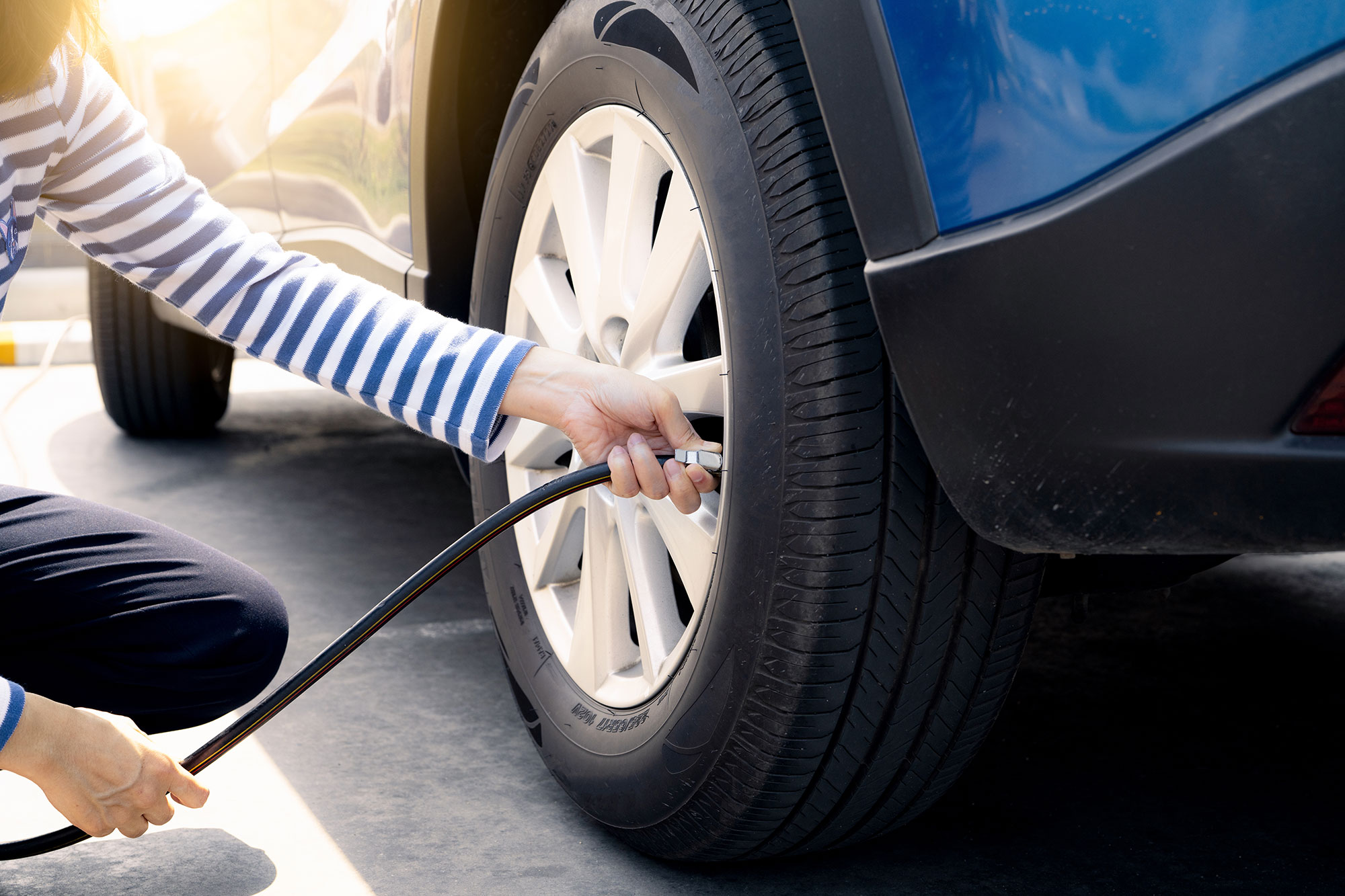
Frequently Asked Questions
Should You Check Tire Pressure Hot Or Cold?
Always check tire pressure when tires are cold for accurate measurements. Heat from driving can inflate pressure readings.
Does Tire Pressure Go Up Or Down After Driving?
Tire pressure typically increases after driving due to heat generated by tire movement and friction with the road.
How Do You Check Tire Pressure Accurately?
To accurately check tire pressure, use a reliable gauge, ensure tires are cold, remove the valve cap, press gauge onto valve, and read the measurement. Replace the cap securely afterwards.
How Often Should You Check Tire Pressure In Winter?
Check tire pressure at least once a month during winter, and weekly if temperatures fluctuate greatly.
Conclusion
Regular tire pressure checks are essential for vehicle safety and fuel efficiency. Aim for early morning or after the car has been idle for hours. Adherence to this simple habit can lead to improved performance and cost savings. Remember, consistent maintenance ensures a smoother journey ahead.
Safe travels!




